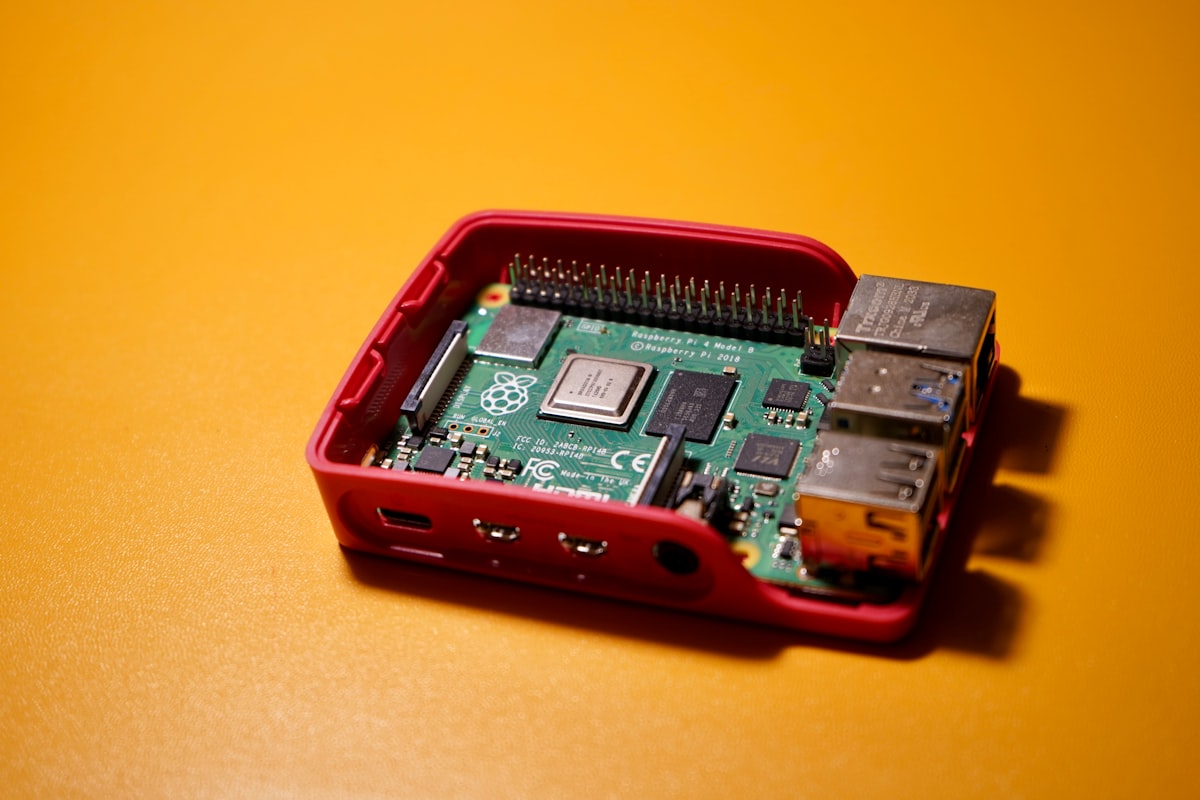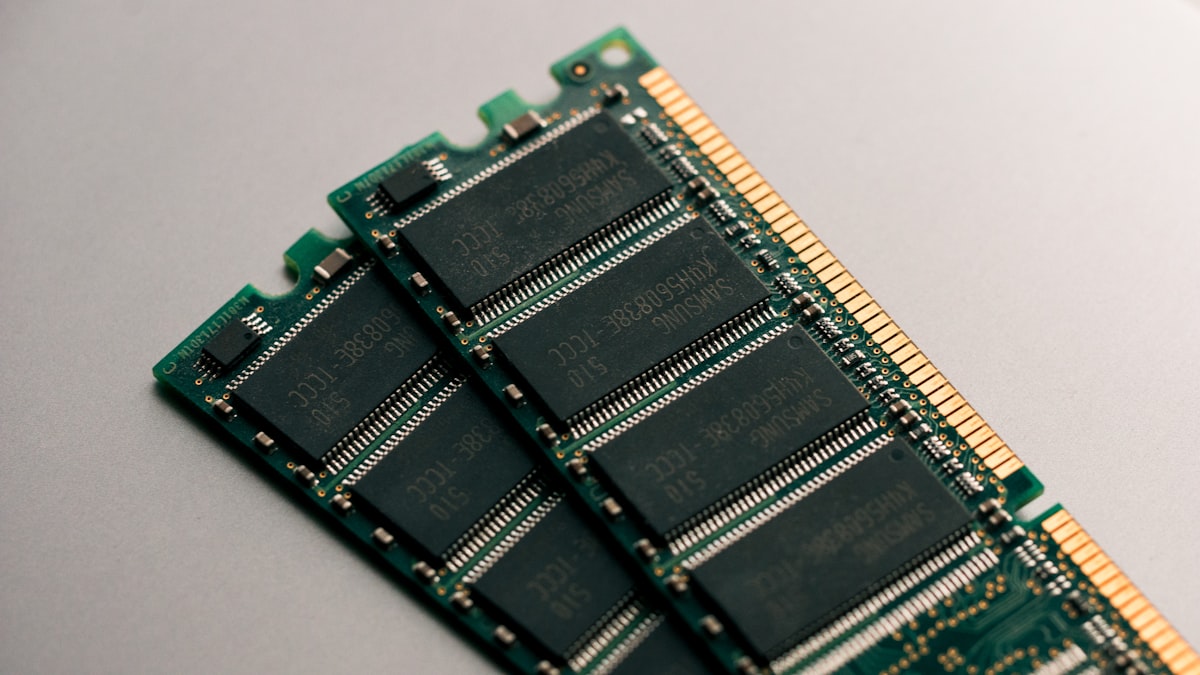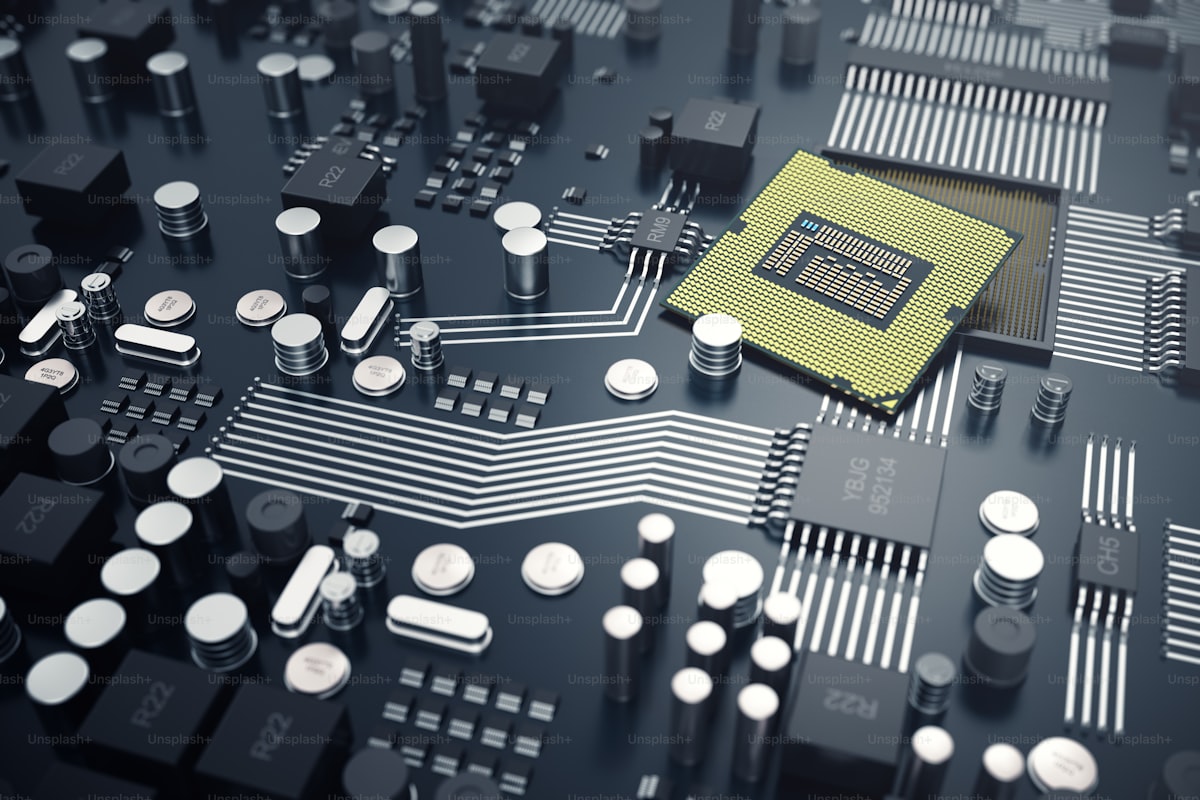In the realm of computer technology, the Unified Extensible Firmware Interface (UEFI) stands as a crucial component that has revolutionized the way systems boot and interact with hardware. This article aims to delve into the intricacies of UEFI, its significance, and its impact on modern computing.
What is UEFI?
UEFI is a specification that defines an interface between computer firmware and the operating system. It serves as the successor to the traditional BIOS (Basic Input/Output System) firmware found in older computers. Unlike BIOS, which primarily focused on initializing hardware and booting the operating system, UEFI offers a more versatile and feature-rich environment.
Key Features of UEFI:
- Graphical User Interface (GUI): UEFI firmware often includes a graphical user interface, allowing users to interact with system settings and configuration options using a mouse and keyboard. This enhances usability and simplifies the process of accessing and modifying firmware settings.
- Secure Boot: UEFI introduced the concept of Secure Boot, a security feature that ensures the integrity of the boot process by verifying the digital signatures of bootloader and operating system components. Secure Boot helps prevent the execution of malicious code during the boot process, thereby enhancing system security.
- Support for Large Disks: UEFI supports GUID Partition Table (GPT), a partitioning scheme that enables the use of disks larger than 2 terabytes (TB) and allows for more than four primary partitions. This addresses the limitations of the legacy Master Boot Record (MBR) partitioning scheme used by BIOS.
- Compatibility with Modern Hardware: UEFI firmware is designed to be more compatible with modern hardware components, including advanced storage devices (such as Solid-State Drives or SSDs), network interfaces, and peripherals. It provides drivers and protocols for efficient communication with these devices during the boot process.
- Advanced Boot Options: UEFI offers advanced boot options, including support for booting from network devices (via Preboot Execution Environment or PXE), booting from USB drives, and booting from alternative storage devices. This flexibility enables a variety of deployment scenarios, such as network booting for diskless clients or installing operating systems from external media.
Impact of UEFI on Modern Computing:
- Improved Security: Secure Boot, a key feature of UEFI, helps protect systems against malware and unauthorized modifications to the boot process. By verifying the digital signatures of bootloader and OS components, Secure Boot ensures that only trusted code is executed during startup, thereby mitigating the risk of system compromise.
- Enhanced Compatibility: UEFI’s support for modern hardware components and advanced boot options ensures compatibility with a wide range of devices and deployment scenarios. This allows for greater flexibility in system configuration and deployment, catering to diverse user requirements.
- Efficient Boot Process: UEFI’s streamlined boot process and support for GPT partitioning enable faster system startup and improved performance compared to traditional BIOS-based systems. This translates to quicker boot times and a more responsive user experience.
- Scalability and Extensibility: UEFI’s modular architecture and extensible design make it suitable for a variety of computing environments, from desktop PCs to servers and embedded systems. Its scalability ensures that it can adapt to evolving hardware trends and accommodate future advancements in technology.
In conclusion, UEFI represents a significant advancement in firmware technology, offering enhanced security, compatibility, and performance benefits compared to traditional BIOS firmware. As computing continues to evolve, UEFI remains a foundational component that plays a crucial role in modern computing systems. Its versatility and feature-rich nature make it a cornerstone of firmware development and a key enabler of innovation in the digital age.
Source : CheapCpanel
Cheap Cpanel License







